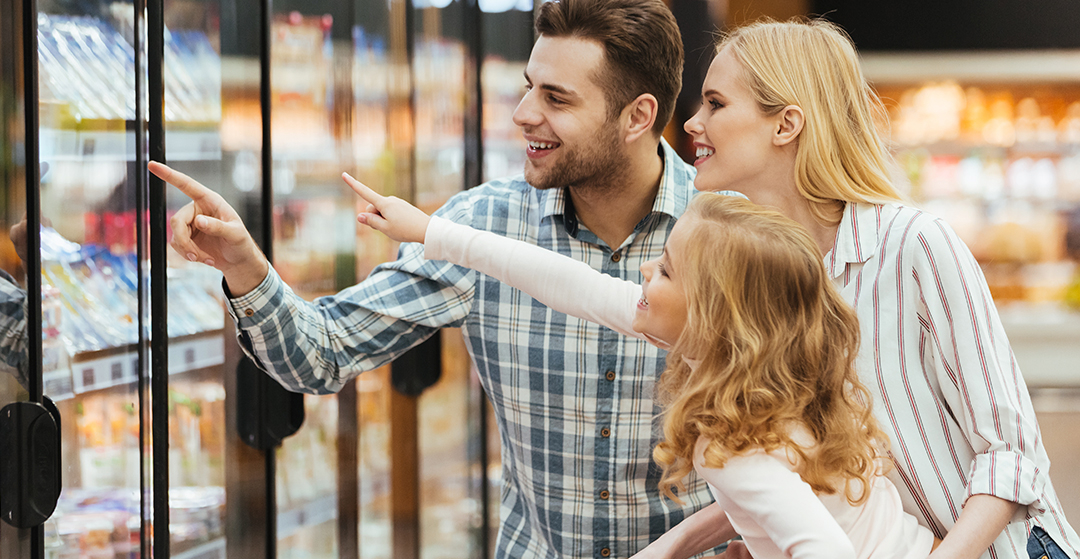
Visual merchandising aims to know your consumer, encourage purchase and increase profitability.
“I see it, I want it and I buy it, even if I don't need it”
This widespread behavior, and raise your hand if it has never happened to you, is the main foundation of visual merchandising or marketing at the point of sale.
Visual merchandising is a set of strategic direct marketing techniques that are applied in stores or e-commerces to display products in an attractive way, which arouse interest in the buyer, motivating purchases and also improving the brand image.
As consumers we repeat a series of patterns that serve to develop marketing principles aimed at increasing business profitability.
They know how we act and they know what hooks work to trigger compulsive buying: that is, the acquisition of those items that were not on our list, but that end up going through the checkout.
DISPLAY STANDS, KEY IN YOUR VISUAL STRATEGY
In other articles we have already talked to you about the importance of exhibitors in Visual Merchandising, being one of its most used tools since they are key elements for the presentation and display of products in the retail environment. Some of its reasons being:
. Visual Attraction: Displays are strategically designed to attract customers' attention and highlight specific products. A well-designed display can catch the eyes of shoppers and draw them toward the items on display.
. Organization: Exhibitors help organize and structure the sales space. This is especially important in stores with a wide range of products, as it allows them to be grouped coherently and makes navigation easier for customers.
. Product Promotion: Display stands can be used to highlight new products, special promotions or seasonal items. This helps increase sales and promote specific products that the store wants to highlight.
. Customer Experience: Display stands can help create a pleasant and attractive shopping experience. Good display design can convey the brand story, style and quality of the products, influencing the customer's perception of the store and its products.
. Space Maximization: In stores with limited space, displays help make the most of the available space. They can be used to display products in strategic locations, even in high traffic areas.
. Facilitate Decision Making: Displays can provide additional information about products, such as features, uses or benefits. This can help customers make informed purchasing decisions.
. Seasonal Changes: Displays are flexible and can easily adapt to the changing needs of the store. This is especially useful when seasonal changes must be made to product presentation.
. Store Customization: Displays can be designed according to the brand's aesthetics and identity, helping to create a coherent and attractive image in the store.
In short, display stands play an essential role in the success of visual merchandising. Effective display design can significantly influence customers' purchasing decisions and a store's sales performance.
Let's see below some data on the importance of carrying out an adequate visual merchandising strategy at the point of sale.
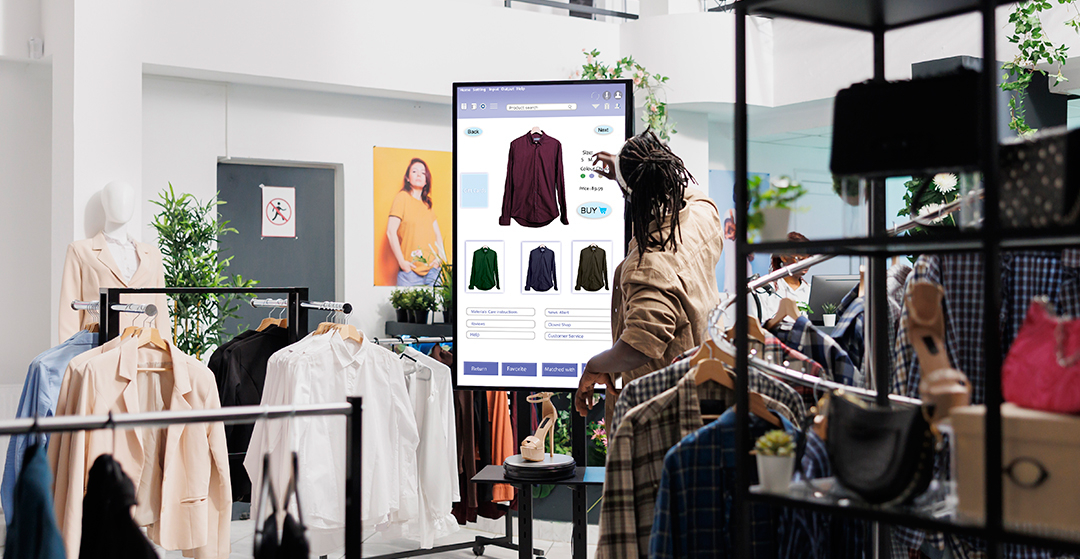
THE IMPORTANCE OF VISUAL MERCHANDISING IN DATA
Before talking about data, let's create an imaginary, although very real, situation.
You leave home with the shopping list.
You are so organized that you have even grouped the items you need so you don't waste more time than necessary in the aisles of the supermarket.
Everything goes well, product you find, item you cross out and to the shopping cart...
You move forward and then hook!
At the front of the hallway there is a promotional item.
You usually don't buy that product or that brand because it has a high price, but of course, the 2x1 is tempting... and although at that moment you don't need it, maybe in the future you will.
The circuit of complaints does not end at the front of the aisles, the same arrangement of the products throughout the entire supermarket and even the way of displaying the prices is a continuous pulse to our brain that decides between what it wants and what it wants. He has come to look for and what “comes into his eyes”.
The last test is presented while you wait to be served at the checkout.
Batteries and razor blades hang there intentionally.
Chewing gum and other snacks attract your attention with their bright colors.
Finally, how many items that you weren't going to buy end up in your shopping bag?
The same happens in digital businesses and other physical points of sale, with a greater incidence in fashion stores, where visual merchandising has acquired great relevance within their strategic Marketing plan.
There are two very important pieces of information on which Visual Merchandising is based:
· More than a third of sales are recorded from impulse purchases. According to a Nielsen study, up to 54% of impulse sales are concentrated in supermarkets.
· 70% of purchasing decisions are made directly at the point of sale, whether physical or online.
· If we add to this that 90% of the information that reaches our brain is visual, we have the perfect cocktail to take visual merchandising into account.
Until now, it is shopping centers, specialized stores and powerful and consolidated brands that apply this technique in the physical world.
However, SMEs can also increase their sales opportunities by applying this tool creatively.
In the online world, since its implementation costs less, it can be seen in large and small ecommerces, with greater and lesser authority.
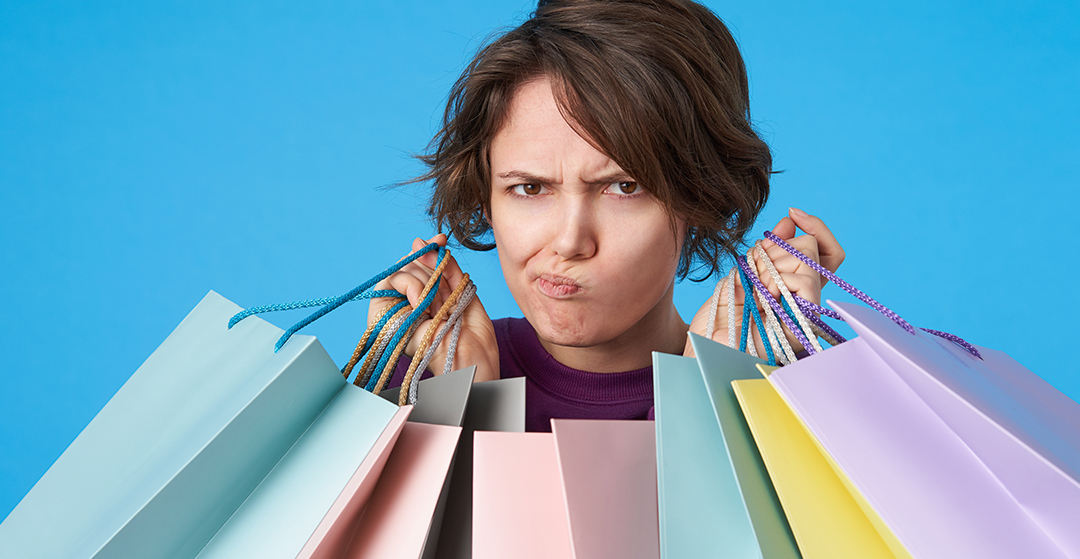
IMPULSIVE BUYING AND ITS TYPES
As we mentioned at the beginning of this article, an impulsive purchase is one that is made spontaneously, as opposed to a planned purchase, that is, one that was in our plans and responds to a rational pattern.
What types of impulse purchases exist?
· Impulsive and planned
It may seem incoherent, however, with an example it becomes much clearer.
You go to a clothing store because you need a new swimsuit and, furthermore, although you don't need it, you have already planned in your mind that if you find a sarong or sandals with an interesting promotion that matches your new swimsuit, you will also buy it.
· Impulsive remembered
This type of purchase is the most common.
It wasn't on your list because you didn't remember it, but it could be a previous need or desire, already forgotten.
You need to buy several stationery items weeks ago, but you never remember to go for it because it is not essential either.
You make a different purchase and these stationery items appear in recommended products.
You remember that you wanted to buy it and you add it to the cart when the opportunity arises.
· Suggested impulsive
In this case there are no past memories or desires.
The customer sees the product for the first time and decides to buy it and check its quality and/or usefulness.
Create imaginary scenarios that justify your purchase.
It is the healthy week and the client already imagines himself every morning with his detox juice thanks to the glass blender that he just bought and that, of course, was not on his list.
· Pure impulsive
The key here is improvisation.
There is no prior planning, no memory, no desire to check the quality or usefulness, you buy it because you see it and want it.
You go to a fashion store to take a look at the counters because their window has caught your attention.
You don't really need anything, but you loved that shirt and you just have 20 euros in your wallet.
You buy it on impulse, without further ado.
According to a study conducted by NPD Group, seven out of every ten purchases we make include some impulse consumer product.
NPD Group maintains that the most impulsive in their purchases are young people up to 24 years old, although the most repeat offenders are customers between 35-49 years old, surely due to their purchasing power.
The points of sale where this type of purchase is made in the greatest number are in commercial restaurants, retail and vending, both in kiosks, gas stations and supermarkets.
In short, goods that are not essential goods when it comes to fashion, electronics, telephones and snacks in most cases.
VISUAL MERCHANDISING: THE GREAT CONNOISSEUR OF CONSUMER PSYCHOLOGY
As consumers, our brain responds to a series of patterns that Visual Merchandising experts know.
Thus, the way products are displayed in an e-commerce or store is never a coincidence, since there are hot, temperate and cold areas.
It is also no coincidence that odd numbers are used instead of even numbers, since the former attract and encourage the purchase.
Consumer psychology studies how we behave in a purchasing process, what decisions we make, how we act around a product or brand, what we need, how our values and beliefs influence it.
In short, it provides extremely important information for the strategic plan of any company.
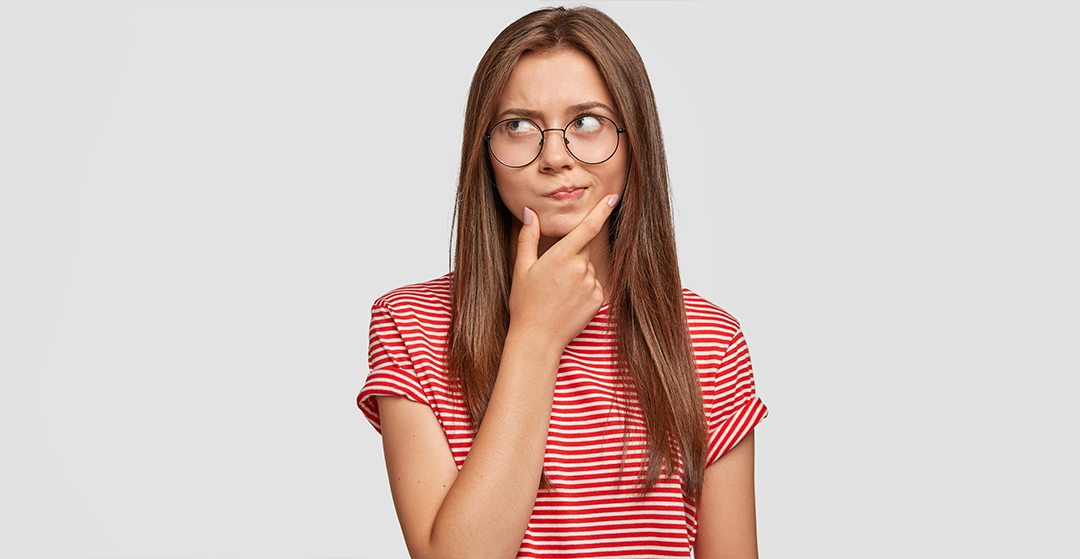
CONSUMER PSYCHOLOGICAL PRINCIPLES
Below, we show you some of the principles that I consider key and that must be taken into account in any Marketing plan.
· Loss aversion
Human beings don't like to lose.
If we are given the choice between losing something or gaining something new, we stay as we are.
It is closely related to our behavior that is reluctant to change, since our mind guides us to security, stability, and the known.
This principle applied to Marketing reaches its maximum expression in offers, discounts, brand promotions... and on special dates such as Black Friday and Don't miss out!
In Visual Merchandising we study when and how to sell, for example, excess stock through promotions.
· Urgency
Closely related to the previous principle is the nature of urgency.
In Visual Merchandising, signage is used to awaken that urgency with signs that shout in bright colors “last supplies”, “this week only”, etc.
These words awaken in us a feeling of anguish that, related to our aversion to loss, encourages impulse purchases.
· Principle of authority
We take into account the opinion that comes from an authority figure and to the extent we can, we pay attention.
Television advertisements are full of famous faces telling us which anti-wrinkle cream to use or which kitchen iron we should buy to make delicious and healthy recipes.
Furthermore, it's not just that so-and-so tells you that this product is the best, but that the brand is also associated with the values of this authority figure and that generates trust.
Most important brands are associated with an authority figure and in Visual Merchandising you remember who this figure is.
· Associations
Our mind creates unconscious associations, so if we see a certain person who positively influences us use a certain brand, we are likely to give a positive value to that brand and take it into account in future purchases.
This principle also serves when taking into account which products we put next to others on a stand or related products in an e-commerce.
You were going to buy a coat and you also went with the scarf, the hat and the gloves because you imagined yourself wearing the whole outfit and you liked it.
The principle of association is present in every marketing strategy: items are displayed in a certain way and in a specific place for a reason.
There is nothing random.
· Social or belonging principle
As human beings we are part of different groups: friends, vegetarians, technology geeks, comic book lovers, etc.
We feel good with people who understand us and with whom we share hobbies, motivations, and ways of life.
In the end, we unconsciously go through life with a lot of labels that “define us.”
In the world of Marketing this translates into brands that speak from you to you, that appeal to emotions and manage to connect with you.
It is not about buying a bar of pure chocolate, but rather enjoying a moment with yourself of pure pleasure.
In Visual Merchandising, the target audience is analyzed and thus while a store that sells exclusivity will show few products and only one size, another point of sale aimed at teenagers will have dim lighting, disco music and many products, of different models and colors. choose.
· The experience
Our memory brings us moments from the past to the present and so we remember the summer four years ago and the paella you ate with your friends.
We even remember the shopping experiences.
At Visual Merchandising, this aspect is taken care of very well and the points of sale become a very careful place to turn that experience into something worth remembering.
Furthermore, one remembers the end of the experience more than the beginning.
And this is important because perhaps you have encountered a problem or made a purchase that did not meet your expectations.
You are angry because you think you have wasted your time...
But then, you go to complain and not only do they give you a solution, but you are also delighted with the deal.
The implementation of different resources to improve the user experience can make a big difference in the profitability of an ecommerce.
Use of chatbots, free shipping, almost immediate delivery time, etc. These are measures that make a lot of difference.
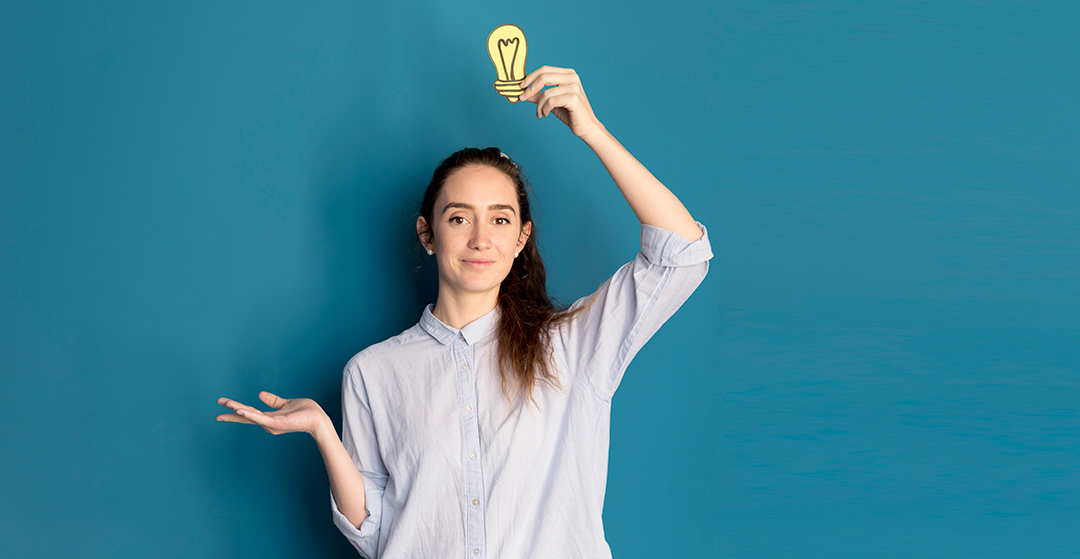
TECHNIQUES TO PROVOKE IMPULSE BUYING THANKS TO VISUAL MERCHANDISING
Now that we know a little more about the types of impulsive purchases that exist and we have investigated the psychology of the consumer, the time has come to learn about some techniques that motivate this type of purchases.
If you are the owner of a point of sale or e-commerce, you are interested in increasing the percentage of these purchases in your store.
Furthermore, as consumers that we are, it doesn't hurt to know them to be aware of our next acquisition or purchasing process.
· Store layout / ecommerce template
Study which are the hot, temperate and cold areas of the store.
In ecommerce you can use Hotjar or Crazyegg, among others.
For example, in a clothing store, the corners are usually cold areas.
To attract attention, use an element that breaks the aesthetics of the store and takes consumers to that point.
In a food store, bread, which is a basic element, is placed at the end so that the consumer has to go through the entire point of sale.
· Product location
A basic. If you want to give more visibility to certain products or brands, use displays, aisle heads, spaces in checkouts and gondolas.
For example, at checkouts there should be low-priced items.
While we wait for our purchase to be delivered, we have time to look at the candies, chewing gum, wallets, Vaseline for lips, keychains, etc.
Furthermore, within the shelf itself four zones can be differentiated:
- Upper (eyes): its objective is to attract and retain the consumer's attention.
- Medium (hands): within reach of the buyer.
- Lower (floor): you are required to make an effort because you need to bend down.
- Extra superior (head): out of reach of the consumer, there is no great interest in its sale.
Online: perform a/b tests and play with sizes, colors, buttons and calls to action.
· Short campaigns with a specific duration
For example, the typical department store campaign with the day without VAT.
They work under the principle of urgency and loss aversion that we have seen in the previous point.
Online: through campaigns or contests with a specific duration that you make known on social networks such as Facebook and Instagram
· Create a pleasant shopping experience
You have to take care of the light, the music, the treatment of the staff...
To decide all these elements, we must always take into account who our target audience is.
Online: take care of the user experience. An ecommerce with simple navigation, that allows us to quickly reach the product that interests us, that facilitates the purchasing process.
· Tour of the store
Create a route from right to left, since it is a natural tendency. In small stores, furniture can help create this circuit.
Online: in general terms, no product of interest should be more than three clicks away from the user.
· Rotation in offers
If we want to have a continuous flow of potential buyers, we need to frequently change the way we display our products.
We must also take advantage of designated days such as Mother's Day, Valentine's Day, etc.
You have to use creativity so that the store is alive, so that it changes.
If the same thing is always shown month after month, there is no incentive for consumers to be interested in the products and an empty store does not invite people to enter.
Online: attract attention with featured products, offers, outlet section.
Also take advantage of the designated days.
· Create a sensation of offer
Many stores and supermarkets use large stacks of products that give the impression of reduced products.
They also use large, messy containers that create the feeling of a bargain.
We like to search and find some nice cloth for 4 euros and also, if we find it, we love to tell everyone about it.
Online: How about an offers tab?
· Surprise with the shop windows
In the same way that the arrangement of the items in the store must vary, it is necessary to change what is displayed in the window, the first attraction to enter the point of sale.
In online: change the main image, the home products, the category images...
· Group by concepts and not by product categories
This technique is based on the association principle that we have seen before.
Grouping by concepts allows cross-selling or cross-selling and although at first the consumer planned to buy a single item, it may be that in the end they expand their shopping basket.
Online: use “related products” or “people who bought this, also bought this.”
· The store must be a reflection of the brand
We do not buy products, but experiences.
If we look for a certain brand it is because we are attracted to it, we like what it conveys.
In Visual Merchandising, care is taken to ensure that the physical/online point of sale is the visible face of the brand.
And this in itself is a technique to provoke impulsive purchasing, due to the principle of belonging.
This doesn't make sense in a supermarket full of brands, but it does make sense in a store with a value proposition and a specific audience.
There must be coherence.
NOW THAT YOU KNOW MORE ABOUT VISUAL MERCHANDISING
If you own a physical or online store, you should ally yourself with visual merchandising, a perfect Marketing strategy to encourage purchases and increase the profitability of your business.
As a consumer, the next time you "take the bait", perhaps you can reflect on whether you really want to fall into impulsive buying or if you prefer to take the product out of the cart and let your rational side prevail.
What is clear after reading this article is that nothing is shown at random.


